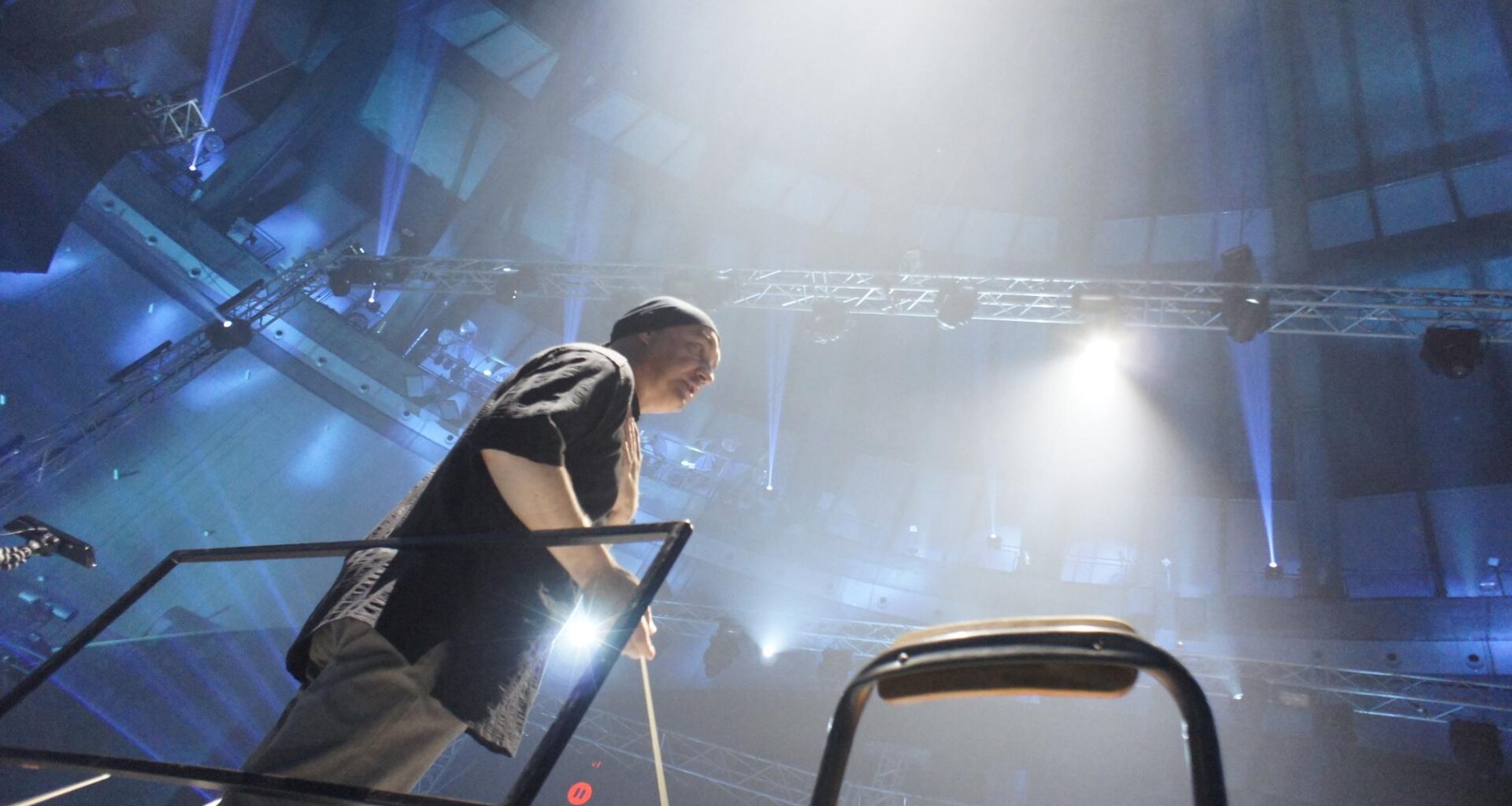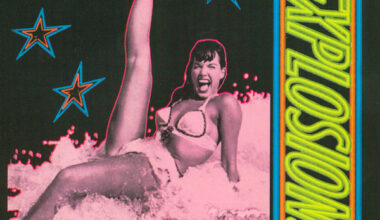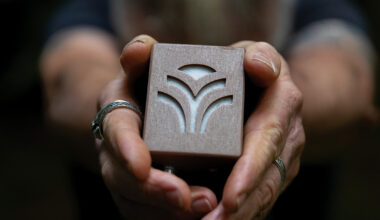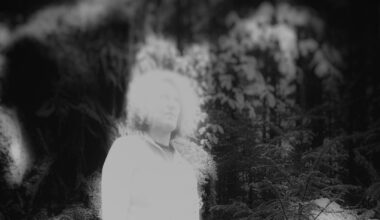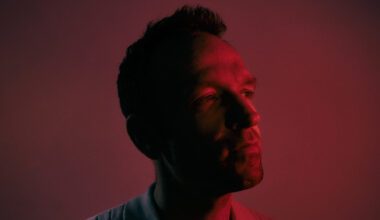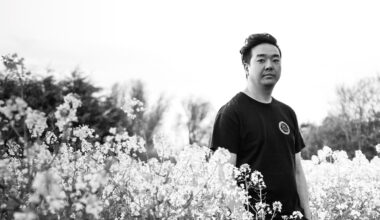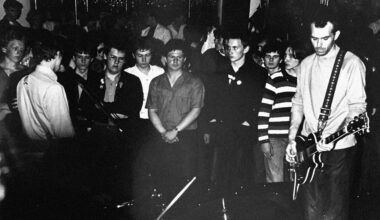You won’t have heard of him before, but you will have heard his work. Jamie Harley is the sound engineer that everyone from Aphex Twin and Autechre to Fuck Buttons and Hot Chip turns to when they’re doing a live show. And if you ever need a room ringing out, Jamie is your man
Jamie Harley is lucky to be here. He’s one of the most sought-after sound engineers in electronic music, working with an absurdly long list of artists that includes Aphex Twin, Amon Tobin and Autechre – and that’s just the A’s – but he could just have easily been picking potatoes or stacking shelves somewhere. Anything other than working in the music business. Because if renowned film composer Michael Kamen had had his way, Jamie wouldn’t be allowed within a million miles of a tambourine let alone a synthesiser.
“I was working at a studio in London called Sam Therapy and Michael Kamen came in with this massive keyboard,” explains Jamie. “This was in the late 1980s and he was already pretty famous, he’d done ‘Brazil’ and ‘Die Hard’, whereas I was just starting out and was totally green about everything. My job mainly involved making tea and setting up mics, but while we were getting ready for this Michael Kamen session I somehow managed to plug his timecode into something I shouldn’t have done… and I blew his keyboard up. It was some sort of sampling keyboard and he lost all his samples. He was a huge guy – big hair, big beard – and quite scary. And a whole lot scarier when he was angry. And he was very angry with me.”
How many times have you plugged something into something you shouldn’t since then?
“Not many. I suppose it taught me a lesson. I don’t tend to blow things up these days.”
Most of you will probably have never heard of Jamie Harley before. But when it comes to playing live, an awful lot of today’s electronic musicians swear by his sonic skills. Just going back to that list of artists he has worked with for a moment, to the names Aphex and Amon and Autechre we need to add Hot Chip, Fuck Buttons, Blanck Mass, Plaid, 808 State, Squarepusher, Flying Lotus, Matthew Herbert, Oneohtrix Point Never…
“I’m lucky enough to be able to only work with people I’m excited about and interested in,” says Jamie. “Artists have lots of different ideas about how things should sound and it’s my job to try to understand what they’re doing, what they want to achieve, and recontextualise their music in a live environment. So in one sense I’m a middle man, a conduit, but I also have to have an input, I have to make decisions for people. I take that responsibility very seriously, because we’re talking about someone’s art and also someone’s career.”
Once he’d saved his own career by convincing his boss at Sam Therapy not to fire him over the Michael Kamen incident, he graduated from making tea and setting up mics to desk work. The studio was often used by Warner Brothers and Jamie got his first major credit in 1989, as a recording assistant to Alan Moulder on The Jesus & Mary Chain’s ‘Automatic’ album. He made the jump into live engineering in the mid-90s by volunteering his services to ethno-ambient dubsters Loop Guru, whom he stayed with on and off for several years while at the same time further honing his trade with acts ranging from Terry Hall to 90s shoegazers The Catherine Wheel to classical choral ensemble The Mediaeval Baebes (he subsequently married a Baebe). Later on, he played a part in the development of Mogwai’s live sound, working with them for the first 18 months of their career.
A self-confessed audiophile with a collection of weird and wonderful vintage hi-fi bits and bobs (when he was growing up, his dad owned several Tandy electronic shops in the Midlands), it’s perhaps not too far from the truth to suggest that Jamie is generally more interested in the sound and tone of music than elements like melody or rhythm. Which is why he’s long been an enthusiast of the early electronic music experimentalists. And why, in 2001, he was pleased to get a call from Squarepusher’s booking agent.
“He said, ‘Hey Jamie, you like Stockhausen and all that shit, don’t you?’. I couldn’t deny that I did indeed like Stockhausen and all that shit, so he then said, ‘Thought so. Squarepusher’s looking for a new sound guy. I’ll put you in touch’. That marked the start of a long association with Warp Records… which was great because I’d been collecting Warp stuff for years. It’s like a family at Warp. The artists have lots of time and respect for each other, but they’re all very idiosyncratic people, which is something I really like about them.”
Working with electronic music in the live environment requires a different approach to working with rock music. With rock music, a large part of the live experience is about the unleashing of a power, an almost primal force. Push the faders up and it’s not difficult to bluff it. With electronic music, the actual sounds of each elements are crucially important. It’s about the positioning of sounds, with great precision and clarity. Not that it isn’t about dynamics, because it very much is, but it’s about harnessing those dynamics in a much more considered way.
“Most of the people I work with have a deep understanding of dynamics,” says Jamie. “The problem is a lot of music is highly compressed now, so people’s idea of how it should sound is governed by the fact they listen to MP3s or they listen to stuff on the radio. It’s a sort of crushed sound, which is ultimately boring to the ears. As soon as you start playing with dynamics, your ears are like, ‘Oooh, we’ve got to pay attention, something’s going to happen here’. Big chunks of sound can come out of a very silent space, which can be quite shocking. Tiny sounds can come from an unexpected source and happen in a large way. Once you start to work with those sorts of ideas, it gets tremendously exciting.
“For me, having a white canvas is incredibly important. It’s a synaesthetic thing because I always see sound as colours and patterns. Without wanting to seem too pretentious, it’s having a picture painted in front of me and if the canvas isn’t white, if the sound system isn’t flat, then it’s not ready to have sound put onto it because it will taint the sound that the artist is sending you. So a big part of my job is to provide that white canvas for the paint to go onto. That’s all part of the art – or science, depending on how you look at it – of what I do.”
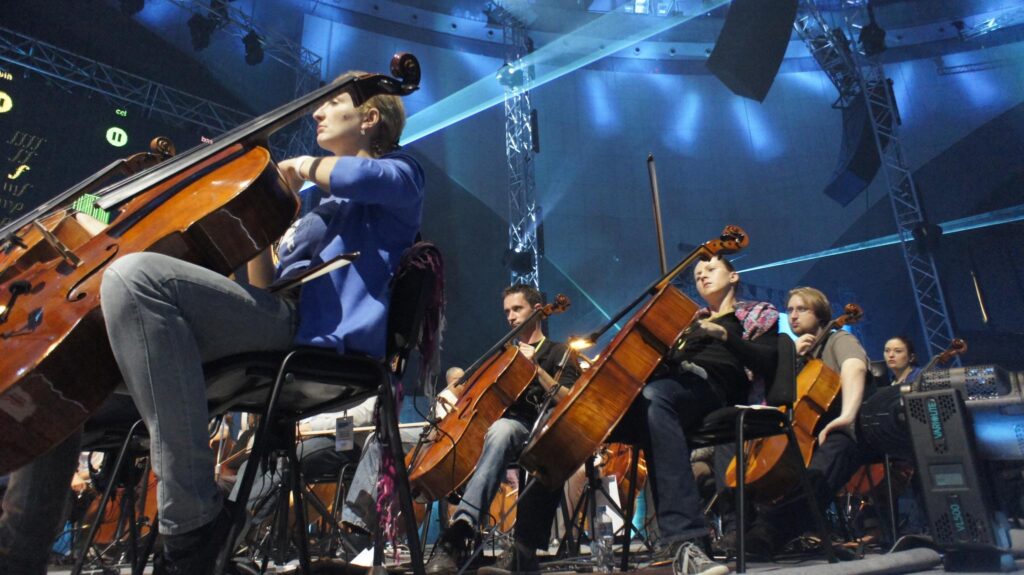
Does your role in the creation of these pictures change from one artist to another?
“Yes, but it also depends on the gig. So with Aphex Twin, I can do two-channel gigs or I can do gigs where Richard James has 70 string musicians or 20 swinging microphones. For Autechre, it’s a two-channel gig, but what they’re presenting me with is their mysterious and wonderful world in the form of two well constructed and massively dynamic channels of music. For Hot Chip, on the other hand, I’m mixing on 46 channels, working with a lot of keyboards and a lot of acoustic stuff, creating a space where they can sit together and work as a whole. So one is the art of creating a system that is flat enough for the music to be able to exploit its full dynamic potential and the other is mixing on that white canvas.
“Either way, there are lots of challenges. With two channels, I have to translate what the artist is doing into a larger world and to do so in the most effective way that I can, so it needs to come across as pure and bold as possible and on a canvas that’s as white as possible. A lot of it is about getting digital sources like samples to sound good in the real world. If I’m dealing with electronics and acoustics at the same time, it’s about blending and smoothing out the juxtaposition. Acoustic sounds are quite wet sonically because they’re created in a space, whereas a lot of electronic sounds start off in a box, they start off in a computer. So the trick is to mix them up, to try to make acoustic things quite dry and electronic things quite wet.
As well as the different set-ups and what each artist wants to achieve, there’s also the room itself to be taken into consideration, right?
“For sure,” says Jamie. “The room lends itself to live sounds, it lends itself to the finished product, but sometimes it can determine the way those sounds occurs. Whatever you do, you can never really get away from the room, you can’t fight it, so you have to be versatile in terms of being able to work with it, negotiating its strengths and weaknesses in terms of being able to sit a mix comfortably.”
Jamie Harley talks warmly about all of the artists he has worked over the last 20 years. He has particularly fond memories of criss-crossing the globe with Amon Tobin, just the two of them and their somewhat volatile Serato DJing software. He laughs when he reveals the thrill he got when Amon first brought his spectacular ‘ISAM’ show over to Europe.
“I set up the sound for him, but I had no idea what was going to happen until the gig itself,” remembers Jamie. “I thought it was the most amazing thing ever. Amon has custom-built flight cases for all these ridiculously huge pieces of kit, you know. Now he’s finished ‘ISAM’, it’ll be interesting to see where the hell it’s all going to go. I suspect someday I’ll be having a drink in a pub in Wales and find myself sitting on a large slice of this ‘ISAM’ megalith that someone’s bought.”
But the shows that Jamie says he’s most proud to have been associated with are Aphex Twin’s grand-scale ‘Remote Orchestra’ performances in Poland and the UK 2011 and 2012, the core concept of which saw Richard James directing an orchestra by sending tones via headphones for each musician to interpret. A second piece was an expansion of Steve Reich’s ‘Pendulum Music’ using 20 microphones suspended over speakers to create loops of feedback (Reich’s original 1968 version used three microphones) and a third involved a digitally controlled grand piano being swung across the stage in a gigantic cradle.
“Yes, I suppose you could say they were quite challenging for me,” laughs Jamie. “Each one was very special in its own way, but as a sound engineer I don’t think anybody else can say they’ve created a Doppler effect by swinging a grand piano backwards and forwards towards a microphone, which is basically what we did. That’s definitely one I can put in my back pocket and walk away with.”
The pendulum piece is the one that Jamie seems to have been most excited about, though. Firstly because he’s got a bit of a thing about feedback. Secondly because Steve Reich attended the Polish show and Jamie got to have a chinwag with him.
“Part of the setting up I do to get the white canvas is taking out the rings in the room and the system, which means that you have to push certain frequencies to find what the rings are and then you pull them out with equalisation. And when you’re ringing out a room and pushing at these feedbacks, you can create some beautiful sounds, so the idea of doing that Reich experiment has always totally appealed to me. Feedback is sometimes your enemy and sometimes your friend – and it’s really good to have a big session making friends with tons of feedback.”
And how was it meeting Steve Reich? Is he a bit of a hero of yours?
“Just a bit. The promoter came over as I was busy working away and he was like, ‘Oh, Jamie, this is Steve, Steve, this is Jamie, Jamie’s working with Richard on this…’. I wouldn’t profess to be his best friend after that, but we had a bit of a chat. Which, having collected electronic music and experimental music for years, was quite a mind-blowing experience for me, you know. I really love my job and special moments like that make me love it even more.”
